|
The forests of New England provide lush, dense greenery in spring and summer, but something happens in the fall that always results in the landscape looking like a monotonous mash up of grays and browns. Trees cut off the nutrient source to their leaves and in a matter of weeks they go from green, to bright red, orange and yellow, to completely bare. Except for, of course, the pine trees!
As mentioned, Massachusetts has a mix of both pine and deciduous trees, but as you travel more northward in North America, pine trees begin to define the landscape. This is because pine trees have more adaptations that allow them to be successful in cold, dry, nutrient deficient conditions year-round, whereas deciduous trees are better adapted for climates with distinct seasons such as those in New England. Looking at ecosystems further north, such as into Canada and northern parts of Europe and Russia, deciduous trees become non-existent.
Second, their structure. A key characteristic of pine trees are their needle leaf structure. Needles serve the exact same purpose for pine trees as broad leaves serve for other trees. They use chlorophyll, which is why they are primarily green in color, to convert the sun’s light energy into sugar. A process also known as photosynthesis. You may be wondering, if they serve the same purpose, what are the benefits of the distinct needle-shape? Well, a pine needle is essentially a broad leaf that has been rolled up tightly around the center vein of the leaf. Just as fat keeps animals warm in the winter, these rolled up structures keep the internal workings of the leaf from getting too cold, allowing nutrients to continue to flow freely between the needles and the tree trunk.
And finally, pine trees have an exceptionally cool way of dispersing, or spreading, their seeds to ensure the survival of future generations. Each scale of a pine cone is home to one seed of a pine tree (also known as a pine nut) and together, the many scales create a protective structure known as the cone. When conditions are dry, pinecones will open up to drop their seeds, but if conditions are wet and not favorable, the pinecones will close so as not to drop the seeds at times when they may not survive. This is something we can observe when looking at pine cones in Massachusetts. If you stumble across a cone bearing pine tree during dry weather, you will notice the individual scales will be spread out so that seeds can drop with ease. On the contrary, if you come across a pine tree on a rainy day, you will notice that the cones are tightly closed so as not to drop the seeds when they might drown from too much water! Evergreen pine trees are tough and everything about them is to ensure their survival in areas where many other plants and animals struggle to thrive. Can you think of any other adaptations that pine trees may have to help them combat harsh weather? Next time you are walking in a mixed forest, try to find a pine tree and a deciduous tree to compare with each other! Do you notice any adaptations about the deciduous tree that makes it better able to survive the changing seasons?
0 Comments
Leave a Reply. |
AuthorNRT's dedicated staff are responsible for the content of the NatureTalk blog. Questions? For more information on any blog post, please contact us at any time. Archives
December 2021
Categories
All
|


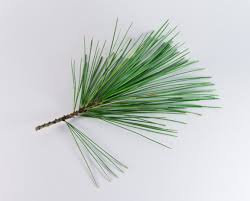
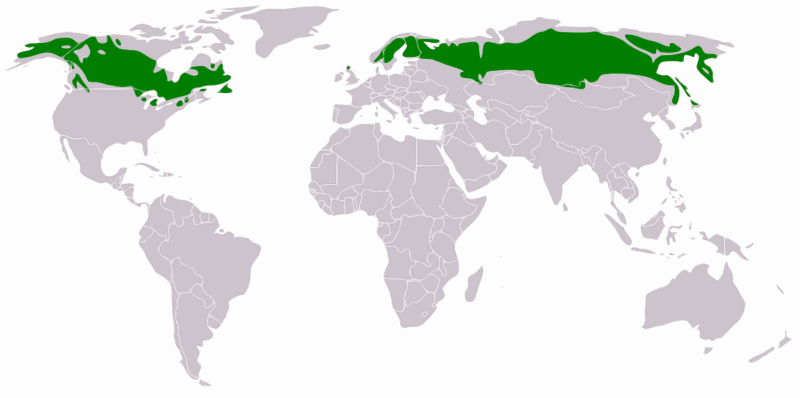
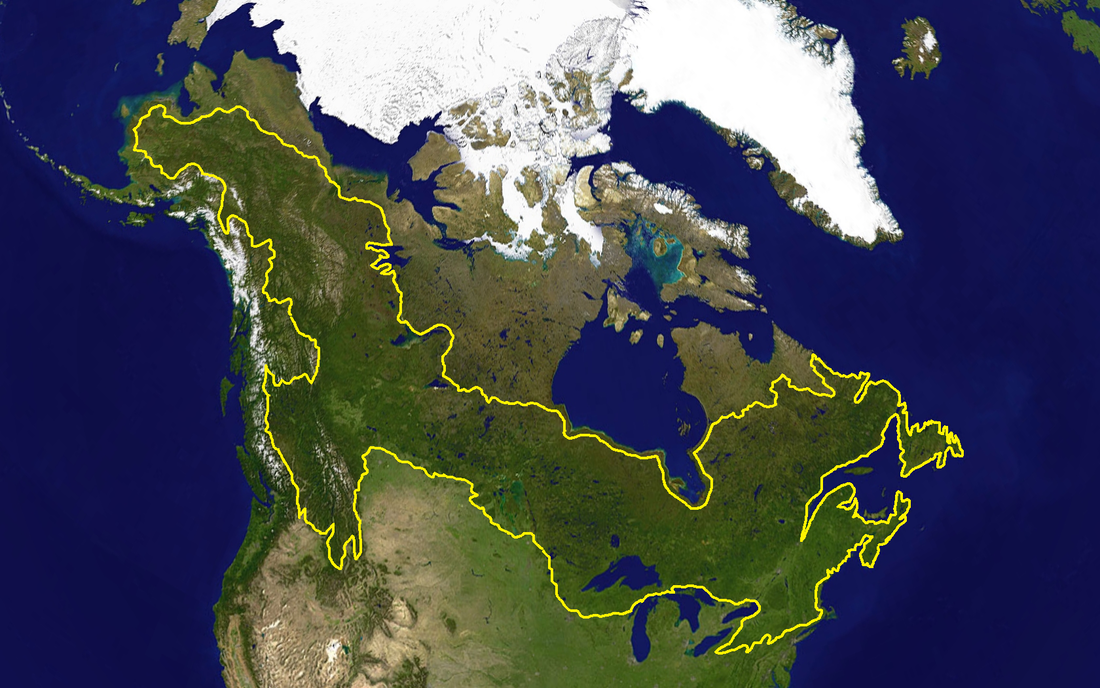
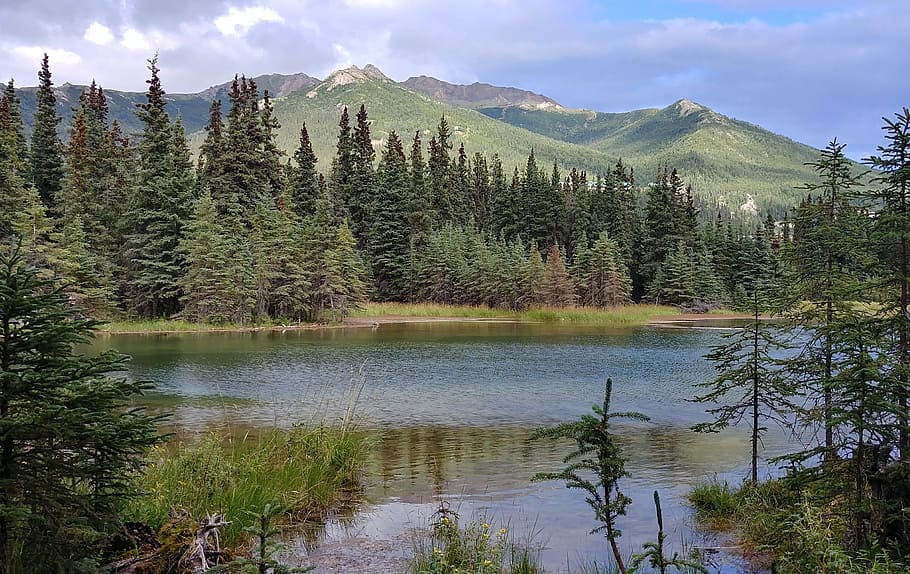
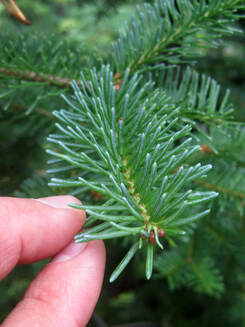
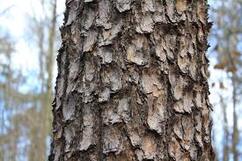

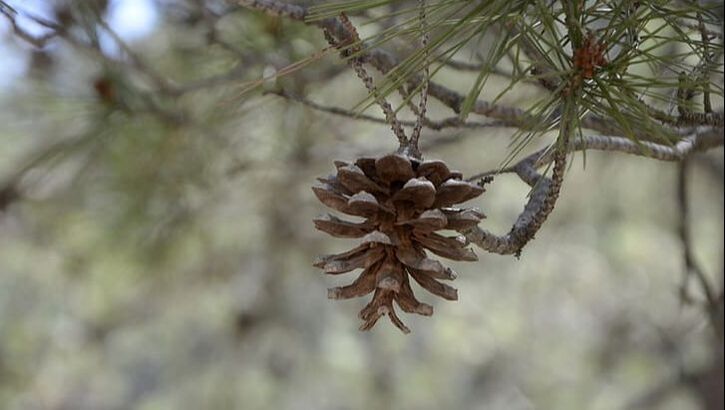
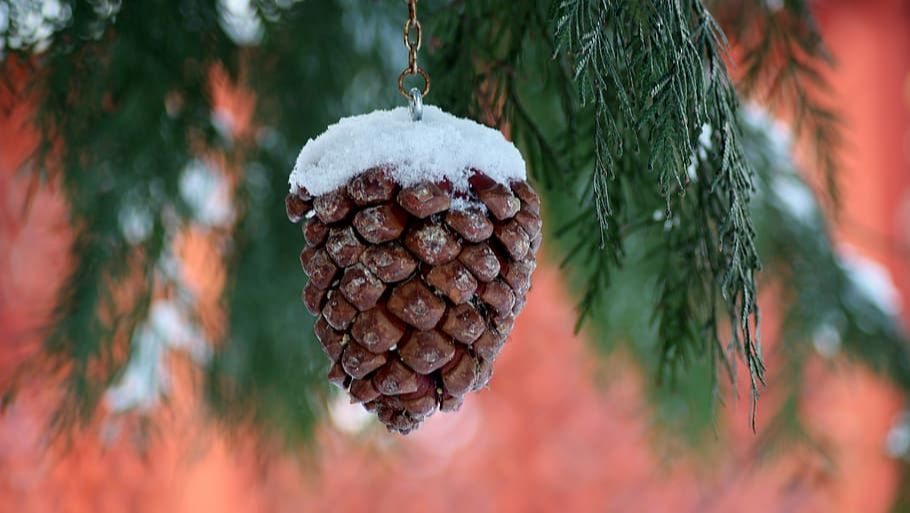
 RSS Feed
RSS Feed
